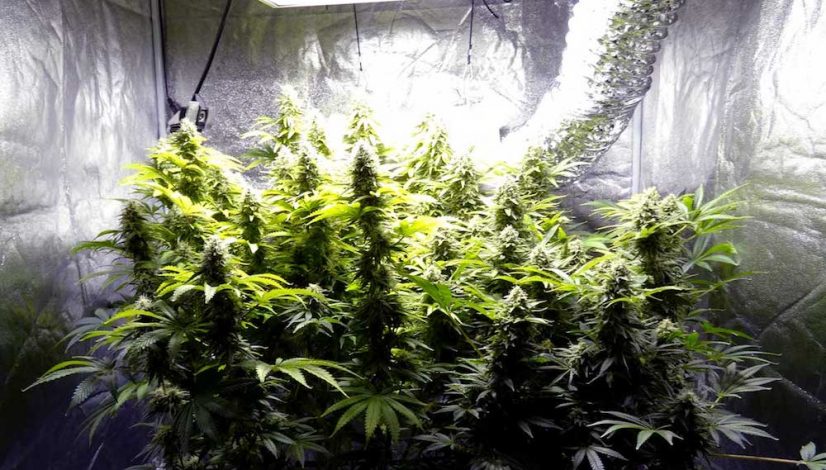How To Grow Weed: A Step-by-Step Guide For Beginners
The post How To Grow Weed: A Step-by-Step Guide For Beginners appeared first on High Times.
Looking for the basics of how to grow marijuana? Here are the tools and information on how to grow weed affordably and effectively. All you need is a small discreet space and a little bit of a budget to get started on your indoor pot production.
Grow Tools
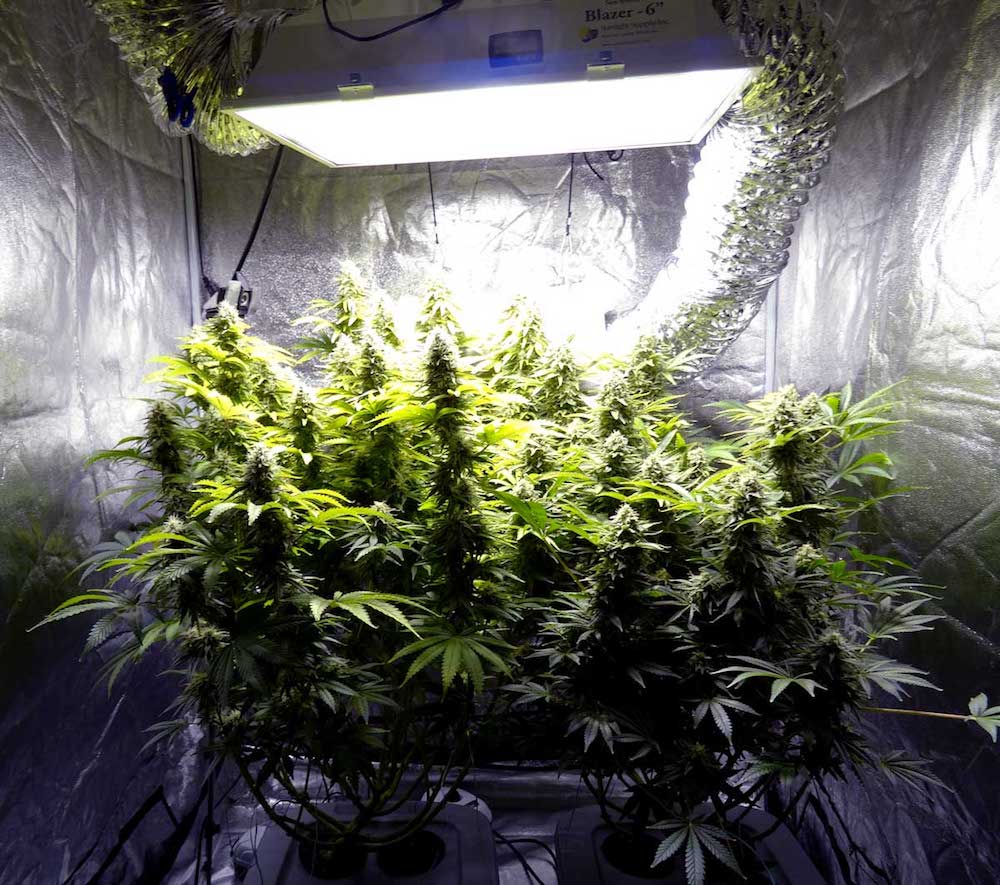
The first thing you’ll need is a place to grow. I recommend getting yourself a decent grow tent. They’re cheap, made to grow inside of and can be put up and taken down quickly by one person. Some tents come with packages that include all kind of complicated hydroponic equipment. Your best bet is to purchase only what you need inside the tent and to learn how to grow weed without the expensive plastic. Some even have separate chambers for vegetative growth and cloning, making them perfect for people living in one-bedroom apartments or studios with limited room to grow.
First, you’ll need a growlight. I like HID (High-Intensity Discharge) lighting – HPS (High-Pressure Sodium) or MH (Metal Halide) systems with ballasts, bulbs and reflectors. If heat from these lights will be an issue, there are also LED (Light-Emitting Diode) and CFL (Compact Fluorescent) systems you can employ. Be sure to get a light that covers your tent’s footprint and invest in a decent timer to control when your light turns on and off.
You’ll also need an exhaust fan and activated carbon filter to reduce heat and eliminate odors. Be sure to get one that’s rated for your tent’s size with the proper ducting size. A clip-on circulating fan will keep air moving and stop it from being stagnant. A thermometer/hygrometer is also a must for keeping track of temperature and humidity.
If you don’t have access to marijuana seeds or clones from a dispensary or friend, you’ll need to get some cannabis seeds mailed to you. Don’t have them mailed to the same place you plan to grow if you’re not growing legally. Don’t just learn how to grow weed, learn how to be discreet and not brag or bring attention to yourself.
A simple loose and airy soil mix in 3-5 gallon buckets are great for beginners and much more forgiving than any hydroponic system. Be sure to cut holes in the bottom of the buckets and use saucers under them to catch any overflow. You’ll need to purchase nutrients to feed to your plants as they grow and a watering can as well.
How To Grow Weed
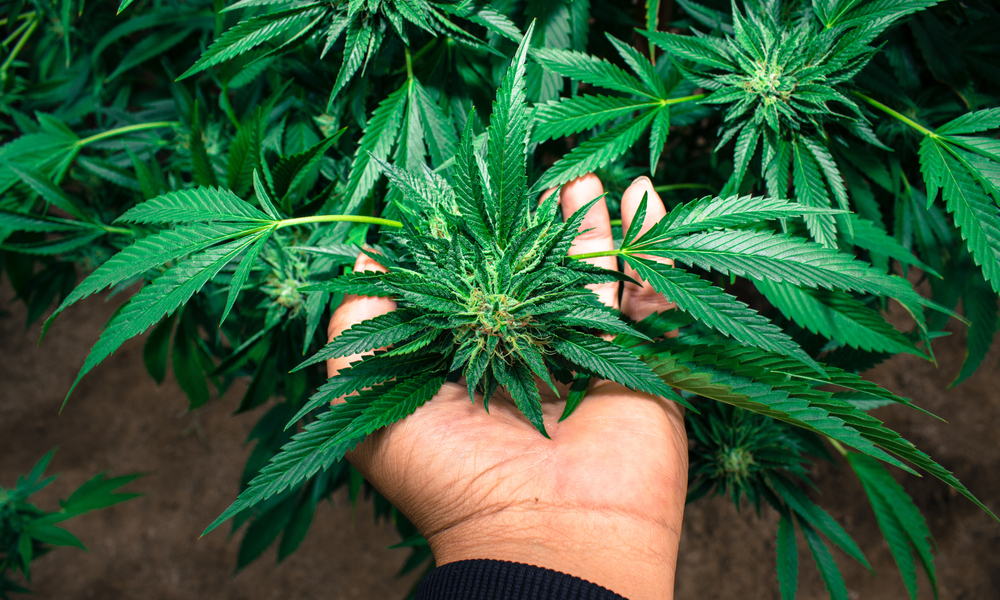
After you’ve planted your seeds or rooted your clones, it’s time to get them growing. Lower your reflector so that it’s closer to the plants rather than making them stretch to reach for light. Raise the lighting system as your plants grow. Set your light timer to be on for 18 hours per day and off for 6 hours. During this vegetative stage, the plant will grow leaves and branches but no flowers (unless it’s an auto-flowering plant).
Avoid overfeeding and overwatering your plants at all costs. Err on the side of caution as it’s always easier to add more nutrients or water than it is to take them away. Marijuana roots prefer a wet/dry cycle so lift up your buckets and you’ll get a better idea for if they need watering or not by the weight. The first sign of overfed plants is burnt leaf tips. The first rule of how to grow weed is to learn to stay off of its way sometimes.
Anytime space is limited for growing, some basic rules apply: Since square footage is at a premium, plans must take full advantage of each available inch. This means choosing between growing indica-dominant strains such as Hashplant, Afghani #1 or planning on using drastic trellising and training techniques if growing out sativas such as Super Silver Haze, Jack Herer or Kali Mist.
Pruning For Higher Yield

When pruning, start early and often. Cut or pinch branches just above the node where two new shoots will emerge. If you stay on top of this process, you’ll have plants that look like bonsai bushes, with plenty of bud sites but not a lot of stretching out and big gaps between nodes. This is the efficient way to get bigger yields out of small spaces but your vegetating time will increase so factor that into your schedule.
Don’t prune or pinch plants at all once they’ve begun flowering – you’ll only be decreasing your harvest at that point. If the branches are threatening to reach the light, bend them or tie them down to keep them from burning. A trellis system constructed from chicken wire at canopy level (aka the ScrOG or Screen of Green system), will further spread out bud sites and increase your yields considerably. Simply train growing shoots to grow horizontally along the bottom of the screen to fill empty spots.
Flower Power
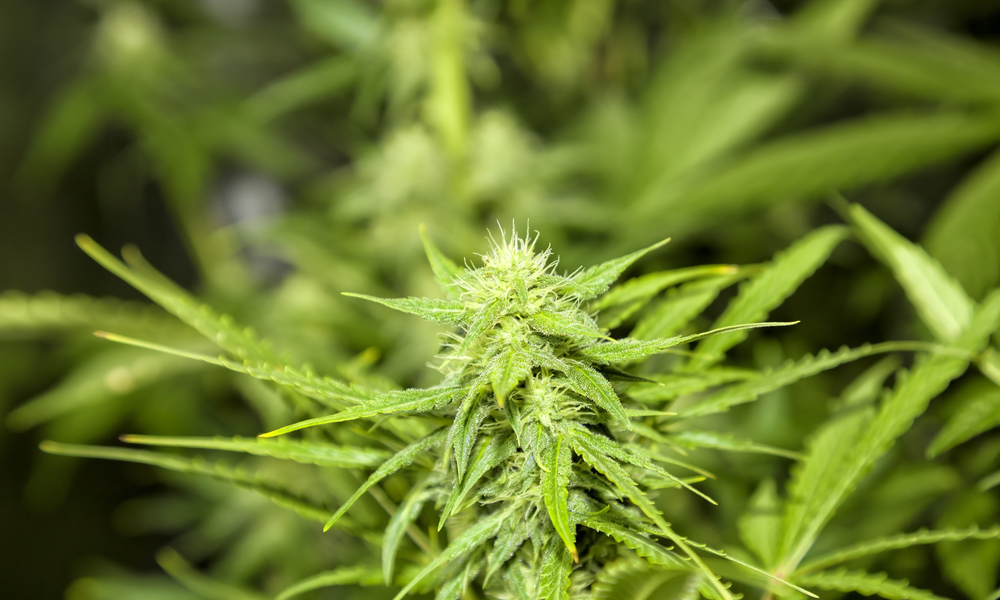
Indoors, The decision of when to induce flowering in your plants is entirely up to you. If you want to learn how to grow weed, it’s important to determine how much space you have and to factor in the fact that your plants will stretch for at least a few weeks after flowering is induced. I usually recommend one week per gallon of container, so a plant in a five-gallon bucket should get approximately five weeks of vegetative time.
When you’re ready to begin the flowering stage, switch your timer to a 12 hour on/12 hour off light cycle. Be sure never to interrupt the 12-hour dark period with any light. This confuses your plant and can cause serious problems.
Change your feeding regimen to one suited for flowering. Plant nutrients generally come in vegetative or flowering formulations so switch over to a “blooming” solution. Depending on the flowering time of your strain, determine when you have two weeks or so left and begin the flushing process. If you’re growing a 60-day flowering strain, start to flush your grow medium with only plain water around day 46.
Harvesting, Drying and Curing
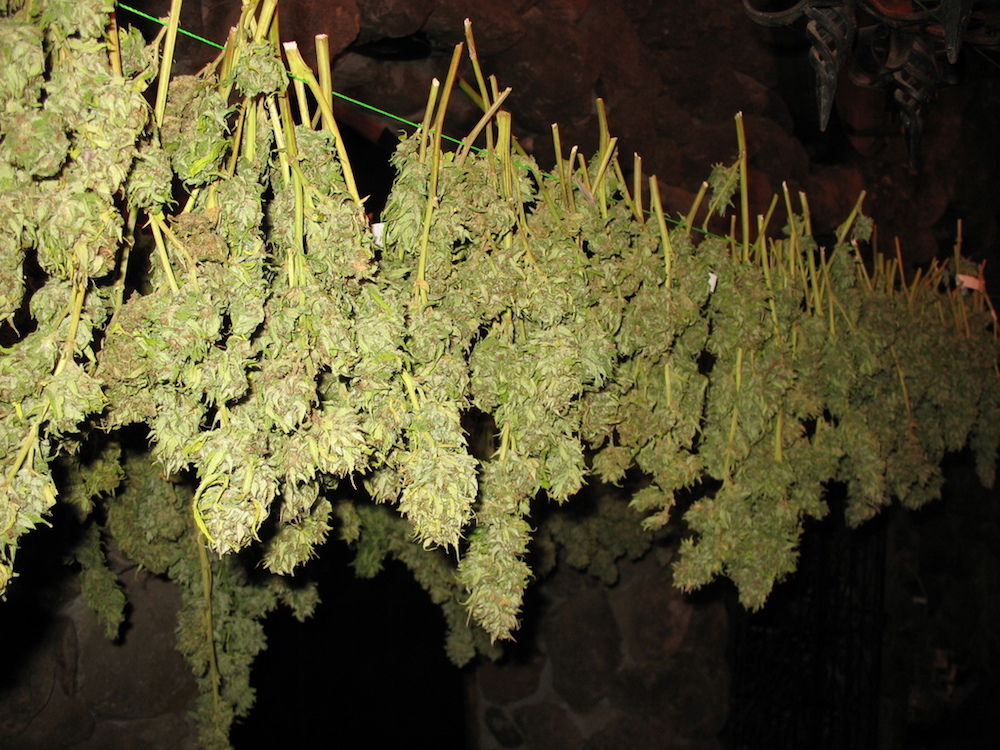
Knowing when and how to harvest your buds is as important as knowing how to grow weed.
Use a loupe or a strong magnifying scope to take a very close look at the trichomes; the tiny glandular stalk and head sometimes referred to as “crystals”. Up close, they resemble little glass mushrooms with a stem that forms a bulbous round clear top. Inside that gland head resides the psychoactive compounds (THC, CBD etc). Harvest when the majority of the gland heads begin to go cloudy white and before they’ve gone completely amber. Harvest when they’re mostly amber if you desire a more lethargic stone.
Post-harvest, you will trim and hang up your buds to dry. This process should take about a week or two depending on the humidity and heat in your area. It’s always best to keep this process slower than 3-4 days in order to ensure you aren’t locking in that “green” chlorophyll taste. Add a humidifier to your drying room if you think your nuggets are drying out too quickly. Never leave a fan blowing directly onto your drying colas but make sure air is circulating to avoid mold and bud-rot.
After you’ve determined that your buds are sufficiently dried you’re ready to jar them up for the cure. The stems should snap instead of bending and the outside of the flowers should feel bone dry to the touch. The truth is there is still plenty of water stuck in the bud and the curing process will slowly “sweat” out the remaining liquid.
Always use opaque jars (ones you can’t see inside) and place them in a cool dark place. Open up the jars to determine the level of moisture and leave them open if there’s any condensation forming on the inside of the glass. Slowly but surely, if you open and close the jars once or twice a day, the moist air will be replenished by dry air and the water that’s stuck in the middle of your bud will work its way to the outside and then out into the air altogether. After three weeks to a month or so curing, your buds should burn and taste perfectly.
Final Hit: How To Grow Weed
Now you know the basics of how to grow marijuana from seed to harvest. It’s time to get yourself the tools you need and get started today. And remember to take notes, or even better, start your own anonymous online Grow Diary.
The post How To Grow Weed: A Step-by-Step Guide For Beginners appeared first on High Times.

